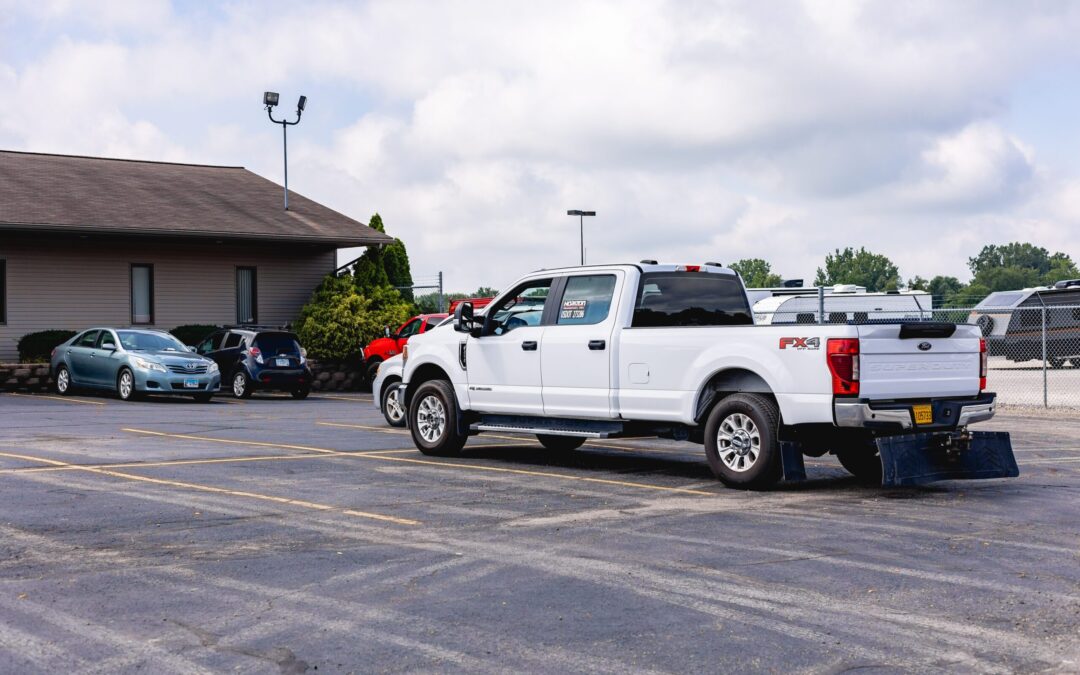When driving an RV truck for delivery, there are certain standards that must be followed in order to ensure the safety of the driver and other drivers on the road. According to the Department of Transportation (DOT), all commercial drivers must adhere to Federal Motor Carrier Safety Regulations (FMCSR). These regulations contain rules and regulations concerning vehicle maintenance, driver qualifications, hours of service, cargo weight and size requirements, medical certification for drivers, and hazardous materials transport.
For RV trucking delivery, here are four key areas to understand and follow:
1. Driver Qualifications
In order to deliver with an RV truck, you must meet all applicable DOT qualifications related to physical exams, drug tests, and valid driver’s license endorsements. It is important that you undergo a physical exam once every two years as mandated by DOT standards [1]. Additionally, you must also have documentation showing evidence of passing a drug test within 30 days before being hired or selected as a driver. Lastly, you will need a valid commercial driver’s license endorsement for the type of vehicle you are driving as well as any special licenses needed if hauling hazardous materials or oversized loads [2].
2. Hours of Service
The DOT has regulations in place outlining how many hours you can work during any given day or week while driving an RV truck for delivery purposes. Generally speaking, these regulations state that drivers cannot operate their vehicles beyond 14 consecutive hours within any 24-hour period after coming on duty [3]. During these 14 hours of operation time allowed under DOT standards, 11 hours may be spent driving with 10 consecutive hours off duty between shifts [4]. Furthermore, drivers cannot exceed 60 hours on duty in 7 consecutive days or 70 hours in 8 consecutive days at any given time while delivering with their RV trucks[5].
3. Vehicle Maintenance
According to DOT guidelines [6], it is essential that your vehicle is well maintained before operating it for delivery purposes. This includes regular oil changes and tire rotations as well as checking brakes before trips each day and inspecting lights prior to entering highways or roads each evening[7]. Keeping up with regular inspections is essential in order to prevent accidents from occurring at high speeds due to poor vehicle maintenance such as worn treads from tires[8]. Additionally, certain states require special permits when hauling heavier cargo such as building materials or yard waste which may necessitate specialized training for navigating mountainous terrain safely.[9] You should always research local state regulations beforehand if this applies to your particular situation so that you have all the necessary documentation required prior to entering those states.[10]
4. Cargo Weight & Size Requirements
It is important that you understand all applicable laws concerning size and weight limits depending on where you are planning to drive your RV truck [11]. The maximum width allowed by most states is 96 inches while the length varies according to state-specific laws[12]. The height requirements typically range around 13 feet 6 inches but this can vary depending on what kind of load is being transported [13]. Furthermore, individual states have different weight restrictions concerning how much cargo can be loaded onto an RV truck which can range anywhere from 80-100 thousand pounds depending on the route taken.[14] All cargo should be properly secured prior to the journey so that it does not fall off when traversing steep hills or winding curves.[15]
Knowing these four key areas related to DOT standards for operating a truck for RV delivery will help ensure both your and other people’s safety while traveling through some of America’s beautiful landscapes with precious cargo securely tucked away inside with Horizon Transport!
